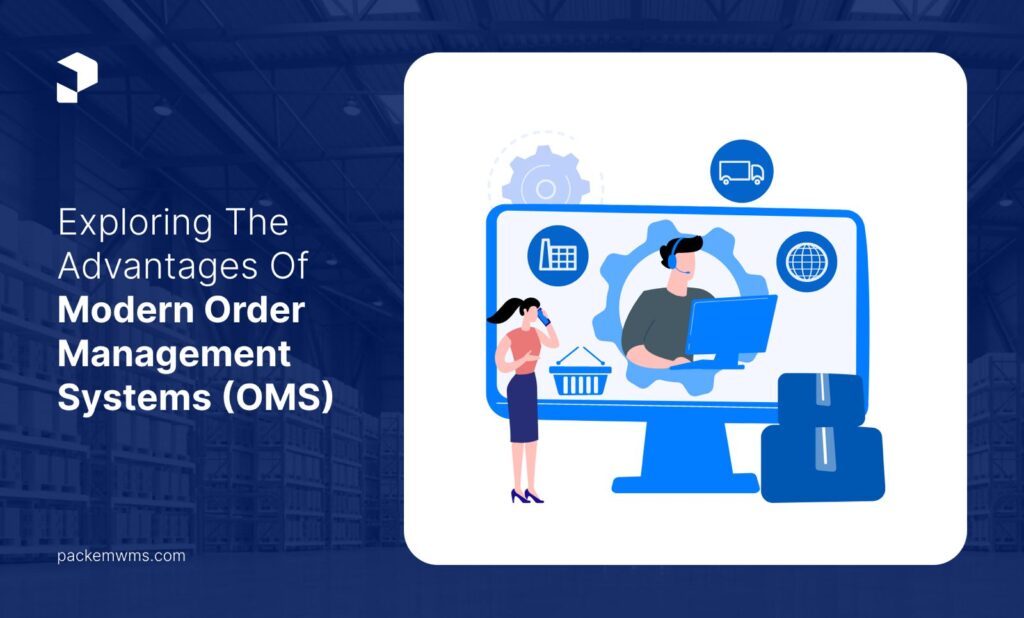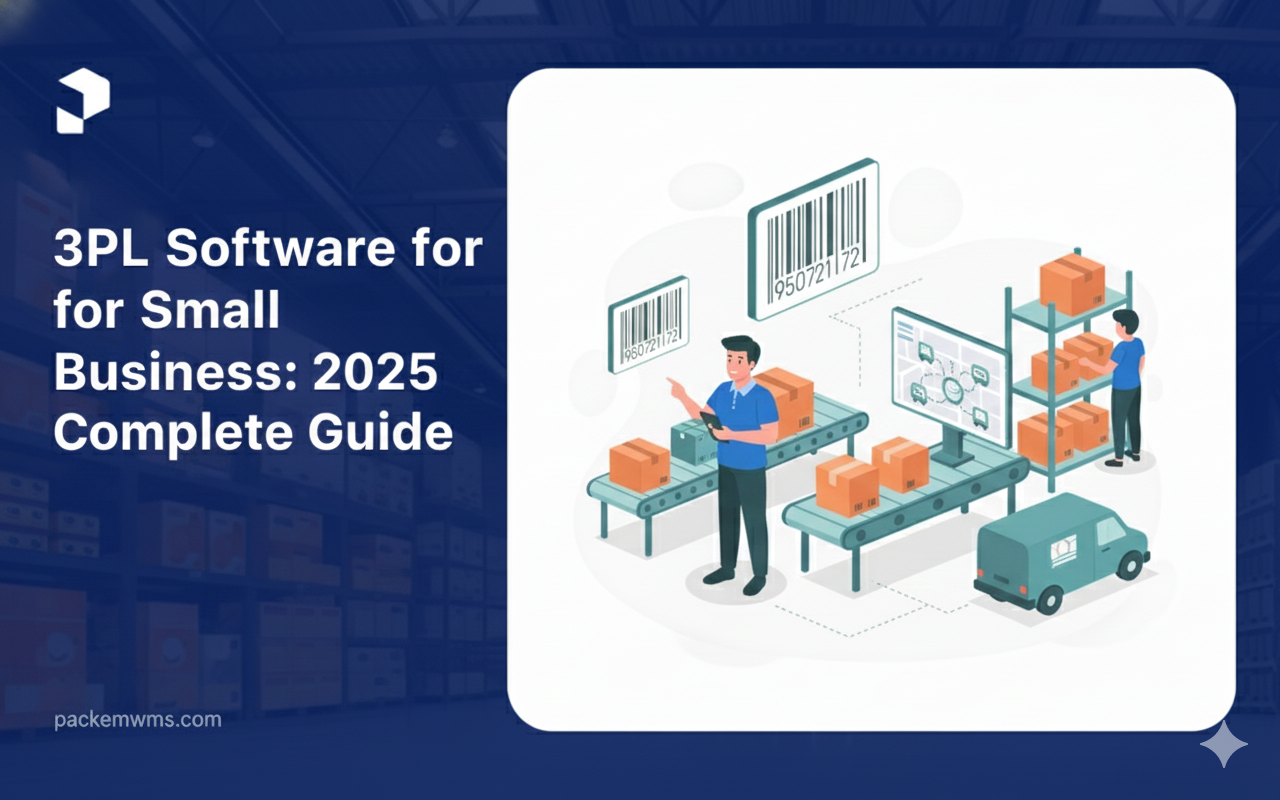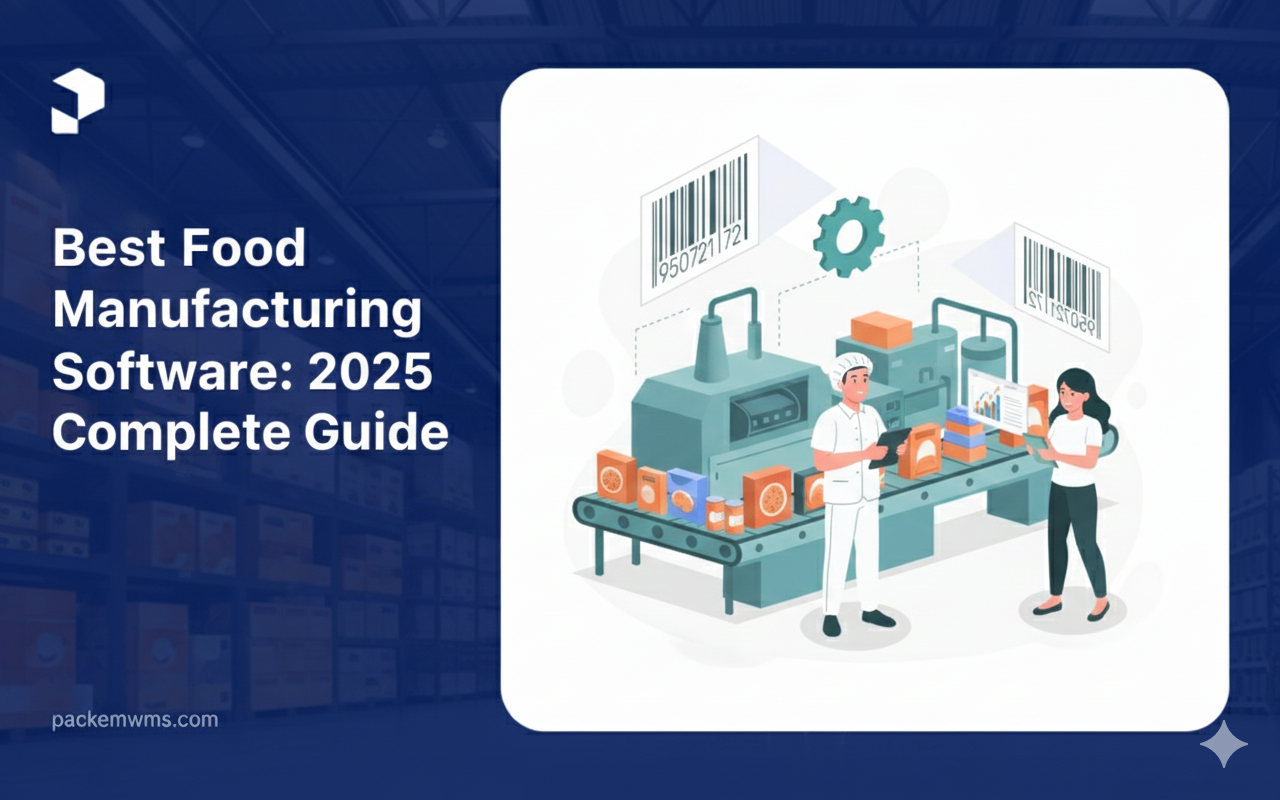So Exactly What is an OMS?
In simple words, OMS is a technological platform that helps manage the lifecycle of the order, ensuring coordination in a smooth manner with all the pertinent processes: inventory management, processing of an order, fulfillment, shipping, billing, and after-sale services to the customers.
It equally provides that the system centralizes real-time information, allowing businesses to access and manage their orders effectively, humanly, without time wastage on errors or inconvenience.
OMS vs WMS: Clearing the Doubts
However, there is one system, the Order Management System (OMS), which is often confused with the Warehouse Management System (WMS). Both systems are equally critical to logistics and supply chain management but perform distinct functions.
While the WMS primarily focuses on activities within the confines of a warehouse, such as inventory storage, picking processes, and packing, the OMS is much more expansive and dynamic, encompassing sales, customer interaction, and the entire order lifecycle.
Statistical Insight
The implementation of an OMS is not just the adoption of new technology—it is driving business growth. If you needed a more human example, another IHL Group research noted that the companies experiencing growth in excess of 10% are 208% more likely to have an advanced OMS in place than those lagging behind. This correlation underlines the critical role OMS serves in moving businesses from a survival to a thriving state.
This starts with a clear definition in the introduction of what an OMS is and its difference from such related systems as a WMS, backed with powerful statistics outlining their significance to the growing business.
The following sections get into further details by providing the specific roles of an OMS in an omnichannel strategy, key capabilities that make a system effective, a deep dive into the OMS designed for omnichannel success, and conclude with a summary of the business benefits.

The Crucial Role of OMS in Omnichannel Strategy
The consumer shopping behavior in the digital age has turned out to be very complex—from first market exploration online, through checking on social media, to trips to traditional brick-and-mortar shops. The effective management of such complexity always lies on a strong Order Management System (OMS).
Smooth Integration Across All Channels
An OMS, in other words, helps a business ensure a consorted shopping experience across all sales channels. It ensures synchronization of orders, inventory, and their management, and even fulfills coordination, despite the place where the sale is affected.
The fact is that since the consumerist world seems to be going gaga over a consorted experience—be it from in-store, telephonic sales, or online sales via mobile devices or something else, of course, from there too.
Strategic Benefits of an OMS in Omnichannel
If strategically deployed, this has immense operational benefits and therefore equates to competitive advantages.
- Inventory Visibility: In a real sense, the Order Management System offers visibility into actual inventories across all channels, hence eliminates the risk of overselling or stockouts while keeping the satisfaction levels of customers at a high level.
- Customer insights: Merging data from different touchpoints gives valuable information on behaviors, preferences, purchase patterns of customers, which can be exploited for improved targeted marketing and customer service.
- Cost Reduction: Through automated order processing and distribution, a company can reduce the cost of labor and the errors that are incurred at the time of manual entry, hence increasing general operational efficiency.
Empirical Evidence of Order Management System Efficiency
Statistics further underscore the impact of a comprehensive OMS on business success:
- Harvard Business Review researched this and found that companies that integrated their marketing across three or more channels experienced a purchase rate increase of up to 287 percent.
- Businesses retain an average of 89% of their customers with a strong omnichannel strategy for customer engagement, compared to a weak strategy that involves only 33% of business.
- Consumers who shop across more than one channel could be spending three to four times as much as consumers who only shop through one channel.
Order Management System: A Catalyst for Growth
OMS supports omnichannel strategies through central control and streamlines the operations. Its major benefit is that it allows a business to effectively manage inventory while optimizing the way of selling, therefore achieving better customer satisfaction as an important condition for growth in a competitive market.
Including OMS in omnichannel strategies is crucial for any business seeking not only to survive but to be successful in the current retail environments. The next section will consider the key capabilities of an effective OMS that should do to meet such demands.
Experience the simplest inventory management software.
Are you ready to transform how your business does inventory?
Capabilities of Effective Order Management Systems
Understanding the top capabilities that drive operational efficiency and support scalable growth is crucial when selecting the right Order Management System (OMS).
Here are the top five capabilities that an OMS must have to enable rapid, sustainable growth and significant cost savings:
1. Automated Fulfillment
The pressing market of today requires an automatic evaporation of manual processes. Automated fulfillment through the OMS quickens the time it takes to process orders and minimizes the chance for error, which can result in customer dissatisfaction.
Why Automated Fulfillment Matters:
- Increase Efficiency: Automation speeds all steps of the order fulfillment process from order entry to shipping.
- Accuracy: Elimination of the human factor errors in both order picking and order processing will mean accurate picking and packing of orders for the customers.
- Employee Empowerment: Free up staff to work on other strategic projects instead of traditional, repetitive, manual processes.
2. Drop Shipping
Drop shipping is a fulfillment method where goods are shipped directly from the manufacturer or wholesaler to the customer, eliminating the retailer’s physical facility. An OMS with robust drop shipping capabilities significantly enhances this process.
Benefits of Effective Drop Shipping Management:
- Scalability: Allows businesses to scale their product lines without being bogged down by physical inventory.
- Cost Efficiency: Reduces storage and inventory carrying costs.
- Speed: Enables faster delivery directly from the supplier to the customer.
3. Right Inventory Management by Channel
Accurate inventory management is vital for businesses operating across multiple sales channels. An OMS should provide real-time inventory data that is specific to each channel to prevent overstocking or stockouts.
Importance of Channel-Specific Inventory Management:
- Customer Satisfaction: Ensures that inventory levels are adequate to meet customer demand across all channels.
- Reduced Costs: Minimizes excess inventory and associated costs.
- Enhanced Sales: Prevents lost sales due to inventory shortages.
4. Automatic Order Routing
Automatic order routing is another critical capability of an advanced OMS. It ensures that orders are fulfilled in the most efficient manner by automatically deciding the best shipping methods and fulfillment locations.
Advantages of Automatic Order Routing:
- Optimized Fulfillment: Routes orders based on proximity to the customer, stock availability, and cost.
- Flexibility: Handles complex scenarios like split shipments and multi-location fulfillment smoothly.
- Customer Satisfaction: Reduces delivery times by optimizing order routing, improving the customer experience.
5. Pre-Ordering Capabilities
For many businesses, particularly those dealing with highly anticipated products, the ability to manage pre-orders effectively can be a game-changer.
Why Pre-Ordering is Beneficial:
- Demand Forecasting: Helps gauge customer interest and predict demand more accurately.
- Cash Flow: Generates revenue ahead of product availability, which can help with cash flow management.
- Market Strategy: Builds excitement and buzz around new product launches.
Each of these capabilities not only addresses specific operational needs but also contributes to a holistic approach that enhances overall business performance. As businesses grow and markets evolve, the flexibility and scalability provided by an OMS with these capabilities become indispensable.

Building an OMS for Omnichannel Success
An OMS designed and optimized to succeed in an omnichannel environment is more than an OMS system—it really becomes a strategic asset.
Here’s a high-level look at some of these features and integrations, intended to help a business make the decision of which absolute, indispensable OMS they need to have for success within a multi-channel retail environment.
Benefits of Seamless Integration
An OMS should seamlessly integrate with other existing business systems like ERP (Enterprise Resource Planning), CRM (Customer Relationship Management), WMS (Warehouse Management Systems), and e-commerce platforms. Such integration ensures a smooth flow of data between systems and lowers both unnecessary manual entry and the possibility of errors.
Key Benefits of Seamless Integration:
-
- Unified Data: Single-source truth for order, customer, data inventory, shipping data.
-
- Enhanced decision-making: It helps the organization obtain real-time data access across the different platforms, hence enhancing decision-making strategically.
-
- Operational Efficiency: This will decrease the need for duplicate operations; it will ensure that there will be streamlined processes.
Advanced Features for Inventory and Order Management
A good OMS should avail these high-level features that support complex scenarios of both inventory and order management:
-
- Real-Time Inventory Updates: All-time updates on the level of the stock at any given time across all channels to avoid over-selling and understocking.
-
- Sophisticated Order Routing: Automatic routing of orders to the location in the inventory that has the items, from the one closest geographically to the customer, delivery timelines, and shipping costs.
-
- Flexible Fulfillment: Supports many fulfillment strategies like BOPIS (Buy online, pick up in-store), BORIS (Buy online, return in-store), and ship-from-store critical for any omnichannel retailer.
The Impact of OMS: Real-world Examples
Here are some real examples of how businesses benefited from an OMS:
-
- One of the biggest retail chains saw a huge increase in online sales of 25% after an OMS was implemented. With an OMS in place, one can only imagine the impact of that rise if order accuracy and stock visibility were to improve due to customer experience by more than 8%.
-
- A fashion retailer was able to reduce order processing time by 30% and significantly bring fulfillment errors down when OMS was integrated with its existing systems. They can ship faster and earn happy customers.
Investing in the Future
An OMS for omnichannel success certainly has to be about the current needs but also being prepared for all the future challenges and opportunities. Such an OMS, with AI-powered analytics and the ability to provide hyper-personalized customer service, is one such technology that shall make its mark as a new battleground.
Positioning you to meet and exceed customer expectations in a fast-changing world of the retail landscape with OMS implementation. Ready to see how an OMS could help redefine your business? Contact us today!
An OMS Built For Tomorrow
That is to say if that level of commitment and investment in an OMS designed for omnichannel success does not address present needs; then, it takes you to prepare for future challenges and opportunities. This will enable businesses to meet customers’ expectations, but also, in most instances, exceed them, ensuring further growth and profitability in a very rapidly developing retail environment.



